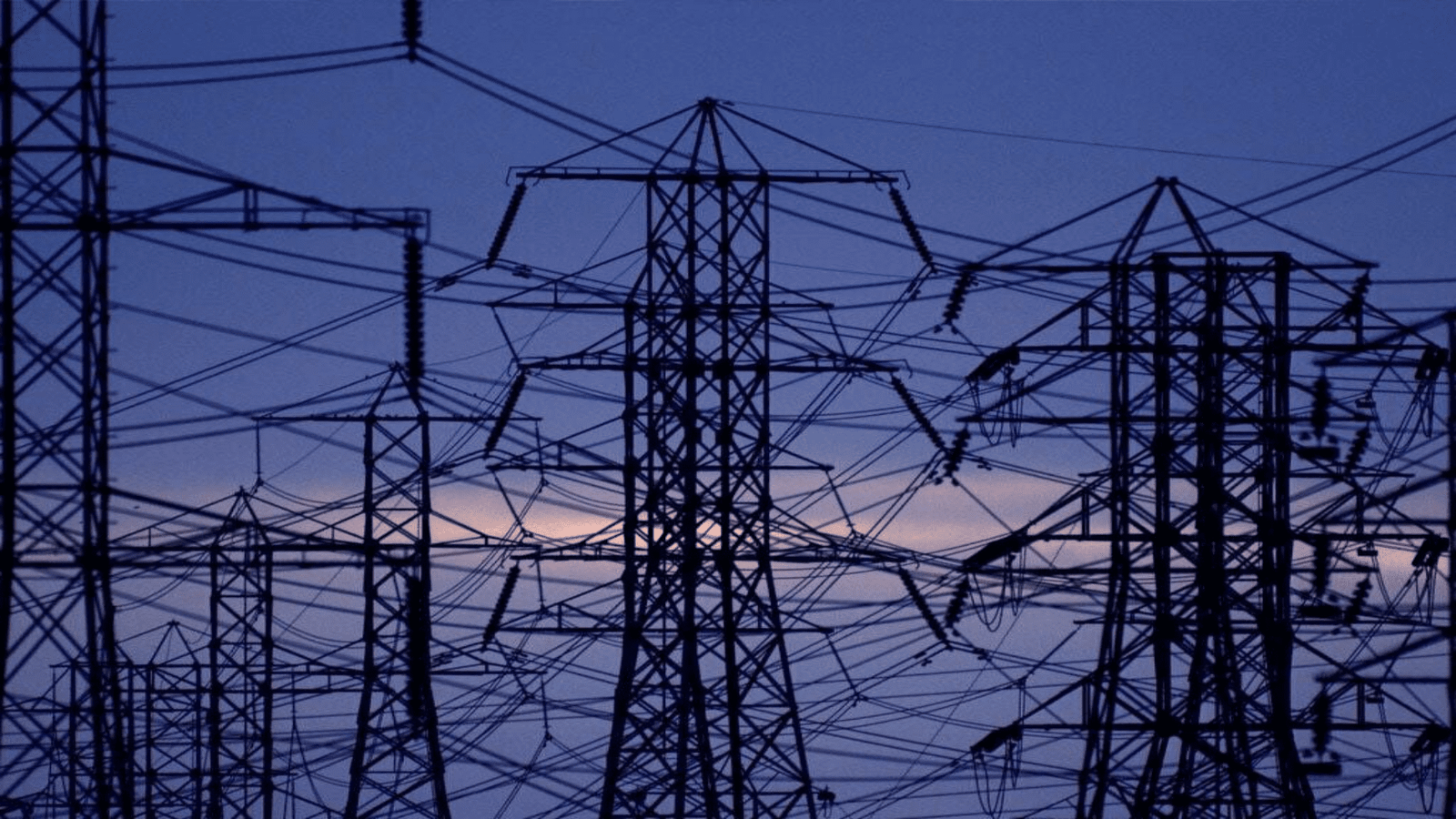In March 2024, Pakistan experienced a decrease in electricity production compared to the same period last year, according to Business Recorder. The total power generated was 8,023 GWh (equivalent to 10,784 MW), marking an 8.2% decline from March 2023, which recorded 8,741 GWh (or 11,749 MW).
Factors Influencing Decrease
Media reports attribute this decline to reduced electricity production from Re-gasified Liquid Natural Gas (RLNG) by 7.1%, coal by 18.8%, and gas by 28.2%. These figures were disclosed by Arif Habib Limited (AHL), a financial services company, on Thursday.
Comparison with February 2024
However, compared to February 2024, there was a notable 12.5% increase in power generation, with a total of 7,130 GWh produced in February.
Read More: Gold Rush: Prices Skyrocket to a Staggering Rs250,000!
Contributing Factors to March Increase
The increase in March was attributed to improved production from hydropower (25.5%), nuclear energy (24.7%), and RLNG (14.3%).
Annual Trends and Future Implications
Nine-Month Comparison (July 2023 to March 2024)
Over the nine-month period from July 2023 to March 2024, there was a 1.2% decrease in power generation compared to the previous year. Electricity production totaled 92,450 GWh, down from 93,582 GWh in the same period last year. The decline was primarily due to reduced electricity generation from nuclear power (10.6%) and gas (24.5%).
Potential Ramifications
In March 2024, actual power generation fell short by 10.4% compared to expected generation, potentially leading to higher electricity charges in the last quarter of FY24.
Cost and Energy Source Distribution
Cost Dynamics
During March 2024, the cost of generating electricity in Pakistan increased slightly by 1.1%, reaching Rs8.31 per kilowatt-hour compared to Rs8.22 per kilowatt-hour in March 2023. This rise was primarily driven by a significant increase in the price of generating electricity from local coal, soaring to Rs16.78 per kilowatt-hour, reflecting a 112.5% surge compared to the previous year.
Energy Source Contribution
In March, hydropower accounted for 27.6% of total electricity generation in Pakistan, followed by nuclear power at 25.8% and RLNG at 20.7%. Renewable energy sources, including wind, solar, and bagasse, collectively contributed 5% of electricity generation. Specifically, wind energy contributed 2.6%, solar energy 1.4%, and bagasse 1%.







1 Comment